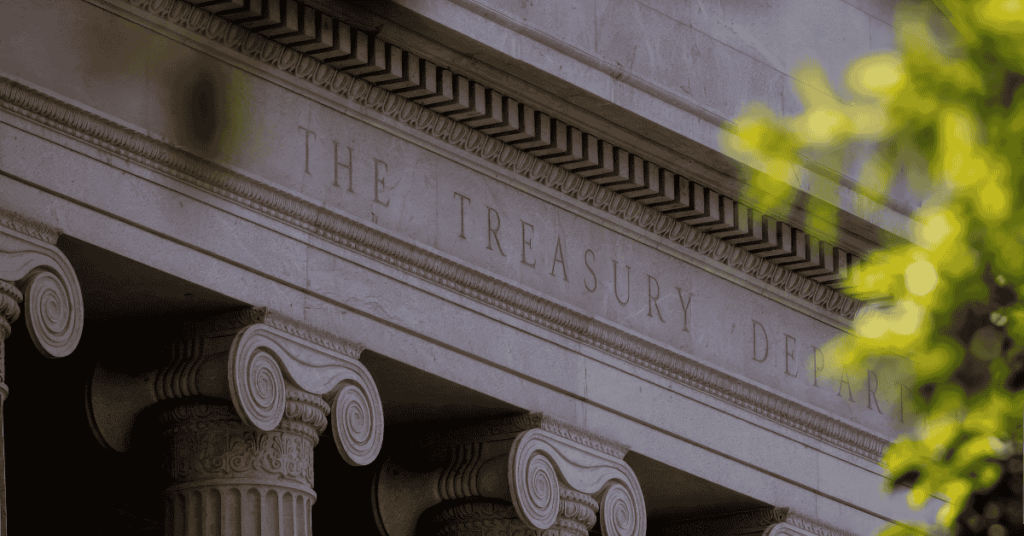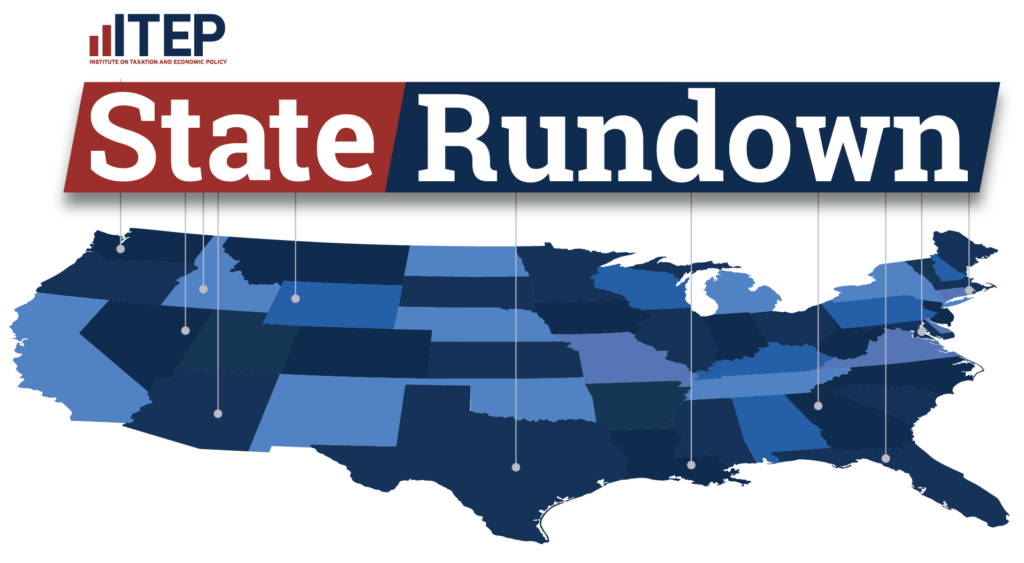On Aug. 13, President Trump pledged to cut the top federal income tax for capital gains to 15 percent. The Institute on Taxation and Economic Policy estimates that 99 percent of the benefits would go to the richest 1 percent of taxpayers. This is unsurprising given that only those with taxable income of nearly half a million dollars are subject to a capital gains tax rate higher than 15 percent.
“I’m going to do a capital gains tax cut to 15% in the second term,” Trump told Fox Business on August 13. “We’re going to get it down to 15%. It’s at 21%. We’ll get that down to 15%. I’ll get that done easily.”
Capital gains are profits from selling assets. When a taxpayer sells an asset after owning it for at least a year, the resulting profit is considered a long-term capital gain, which is subject to federal income tax rates of 0, 15 or 20 percent—much lower than the rates for other types of income. The special, low rates for long-term capital gains also apply to stock dividends.
Anyone can receive capital gains in theory, but the vast majority of this type of income goes to the richest 1 percent. Stock dividends also disproportionately flow to the well-off. For this reason, most of the benefits of the existing special income tax rates for capital gains and stock dividends go to the richest 1 percent of taxpayers.
But Trump’s proposal is even more targeted to help only the rich because it would cut only the very top tax rate for capital gains, which applies to those whose taxable income is more than $496,600 for married couples and $441,450 for singles. (These thresholds are for taxable income, which means these taxpayers would likely have total income that is even greater.) Taxpayers who have less taxable income already pay rates of either 15 percent or 0 percent on any long-term capital gains and stock dividends and would therefore not benefit at all from what the president proposes.
As a result, the benefits of the president’s proposal are almost entirely reserved for the richest one percent, as illustrated in the table below.
The table illustrates the proposal’s likely distribution in 2022, the earliest year that a new tax cut would likely go into effect after being enacted by the next Congress (assuming it is not retroactive).
The bulk of the benefits would come from the tax cut for capital gains, which the wealthy receive in greater amounts than stock dividends. The tax break for capital gains alone would be worth around $300 billion over the following decade for the lucky few who benefit from it. However, the capital gains tax break’s impact on federal revenue likely would be much less based on the type of calculations done by Congress’s official revenue estimator, the Joint Committee on Taxation (JCT).
JCT assumes that wealthy people with assets purposely avoid paying taxes on capital gains (by holding onto assets rather than selling, for example) and that they would be less likely to do this tax rates on capital gains come down. Taking taxpayers’ behavior into account, therefore, reduces JCT’s estimate of the revenue lost when Congress cuts the tax rate for capital gains.
It is certainly true that the wealthy use various techniques to avoid paying taxes on capital gains and they may use those techniques more or less depending on what tax rates apply. The answer to that problem is to shut down those tax avoidance techniques.
Former Vice President Joe Biden proposes to end two of those techniques by repealing a rule that waives taxes on capital gains if an asset is left to heirs and by repealing so-called like-kind exchanges used by real estate investors to pretend that they are not selling property.
More Background
Long-term capital gains have been subject to lower income tax rates than other types of income for many years, but the rates have changed over time. President George W. Bush reduced the special rates from 10 percent and 20 percent to 0 percent and 15 percent and applied the special rates to stock dividends as well.
President Obama compromised with congressional Republicans in 2013 to partly extend the Bush provision so that the 20 percent rate returned only for people in the top income tax bracket, resulting in the current rates of 0, 15 and 20 percent.
The 2017 tax act signed into law by President Trump generally left the rates and brackets for capital gains and dividends unchanged.
President Trump’s proposal to reduce the top capital gains and dividend rate to 15 percent is not the only tax cut he is seeking for this type of income. The Trump administration has also asked the Supreme Court to strike down the entire Affordable Care Act, which includes a net investment income tax (NIIT) to offset the cost of expanding health care. The NIIT is a 3.8 percent tax on capital gains, stock dividends and other types of investment income for married couples with incomes greater than $250,000 and unmarried taxpayers with incomes greater than $200,000.
If the Trump administration prevails and the Affordable Care Act is struck down, the NIIT would be eliminated resulting in yet another investment income tax break for the very wealthy.





